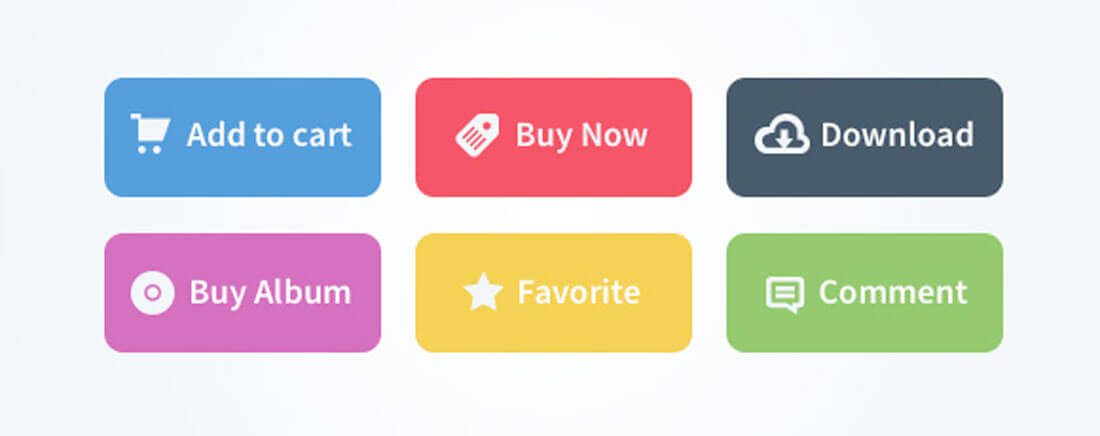Micro content. Small text, big impact.
How small bits of text called micro content explain and support your marketing message.

As a long time digital producer, I was never always fully aware of the impact that micro content has. It was a bit like water for a fish. Vital but not noticed. So time for a closer look on what micro content is and where it is used.
Three types of micro content
Micro content, in the realm of digital information, refers to succinct and bite-sized pieces of information, typically presented as concise text. It serves a variety of purposes, primarily functioning as informative titles or guiding elements such as buttons or links for actionable engagement.
Broadly, three fundamental applications of micro content come to light:
- Enhanced Clarity: By leveraging micro content, one can offer succinct explanations or descriptions that illuminate the core topic or subject matter.
- Content Labelling: Micro content excels as a tool for effectively labeling and categorizing various content pieces, making navigation seamless and user-friendly.
- Action Indicators: Utilizing micro content to prompt users towards specific actions empowers them to engage proactively, driving desired outcomes.
Micro content proves its worth by enabling quick comprehension, effortless content organization, and encouraging user interaction, making it an indispensable asset in the digital information landscape. Let's go in a bit more depth.
Topic clarification
Used this way you guide the reader through a text with for instance subtitles and subheaders. They are clearly visible and often marked with a bigger or bolder font.
Micro content is also used to caption an image on a digital page, and most probably also when you use text to describe content in Facebook or Instagram.
A usage of micro content that has impact is the page title or email subject line. Will a lead click on your page in Google, or will they open your marketing email?

Labels to content
Digital content lives in a context, you also have micro content as metadata. Small bits of text that label the information for context. That can be used for a grouping of content, sorting, a search engine. Often this content is not visible directly to the reader. Sometimes it is visible, for instance as hashtags.
Pointers for action
Often there is micro content required to label an action. For instance, on a button or a link. These are mostly vital in the guidance of the reader. What will happen when I click, why would I click, how to undo a wrong action when shopping. They often convey a call for action.

Managing micro content
Often, micro content is made and stored separately from the main content. As such, they are differently managed as well. Mostly I make and add micro content on the fly. So for instance, I share an (existing) article on Social Media, I will add micro content like hashtags while creating the posts. Or write a title or subject specific to a purpose. The key is to align, orchestrate all these little bits of content and bring them in line with your story.
Conclusion on micro content
Don’t overlook micro content. Although small and short, micro content has a big impact on how your information is perceived and how it performs.







